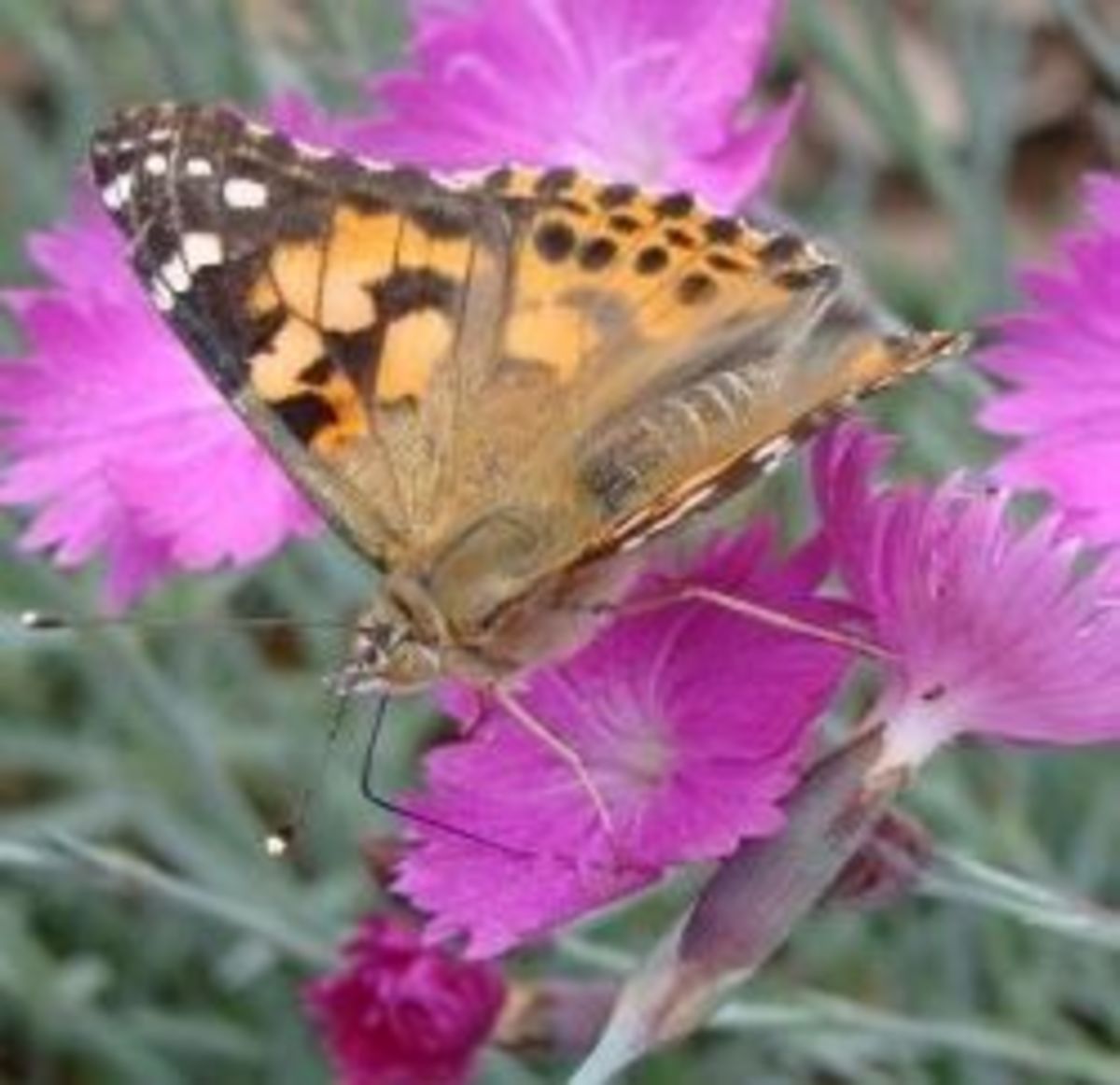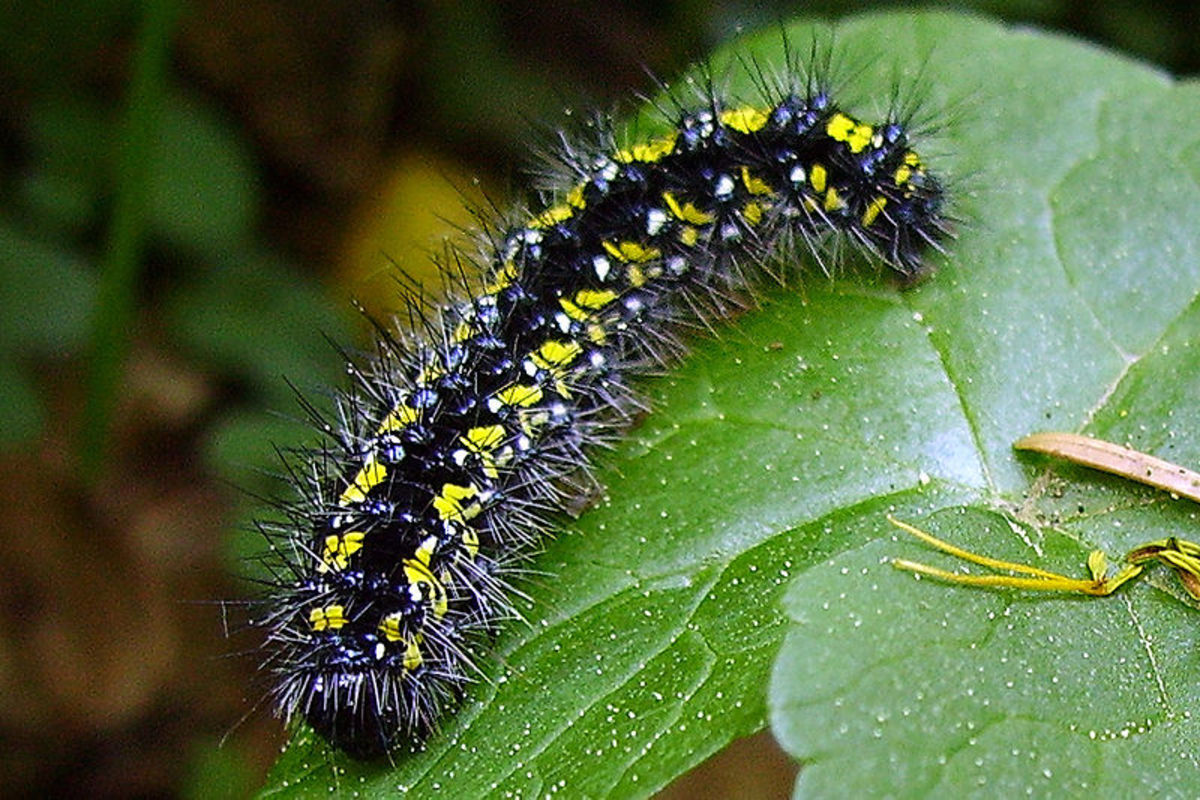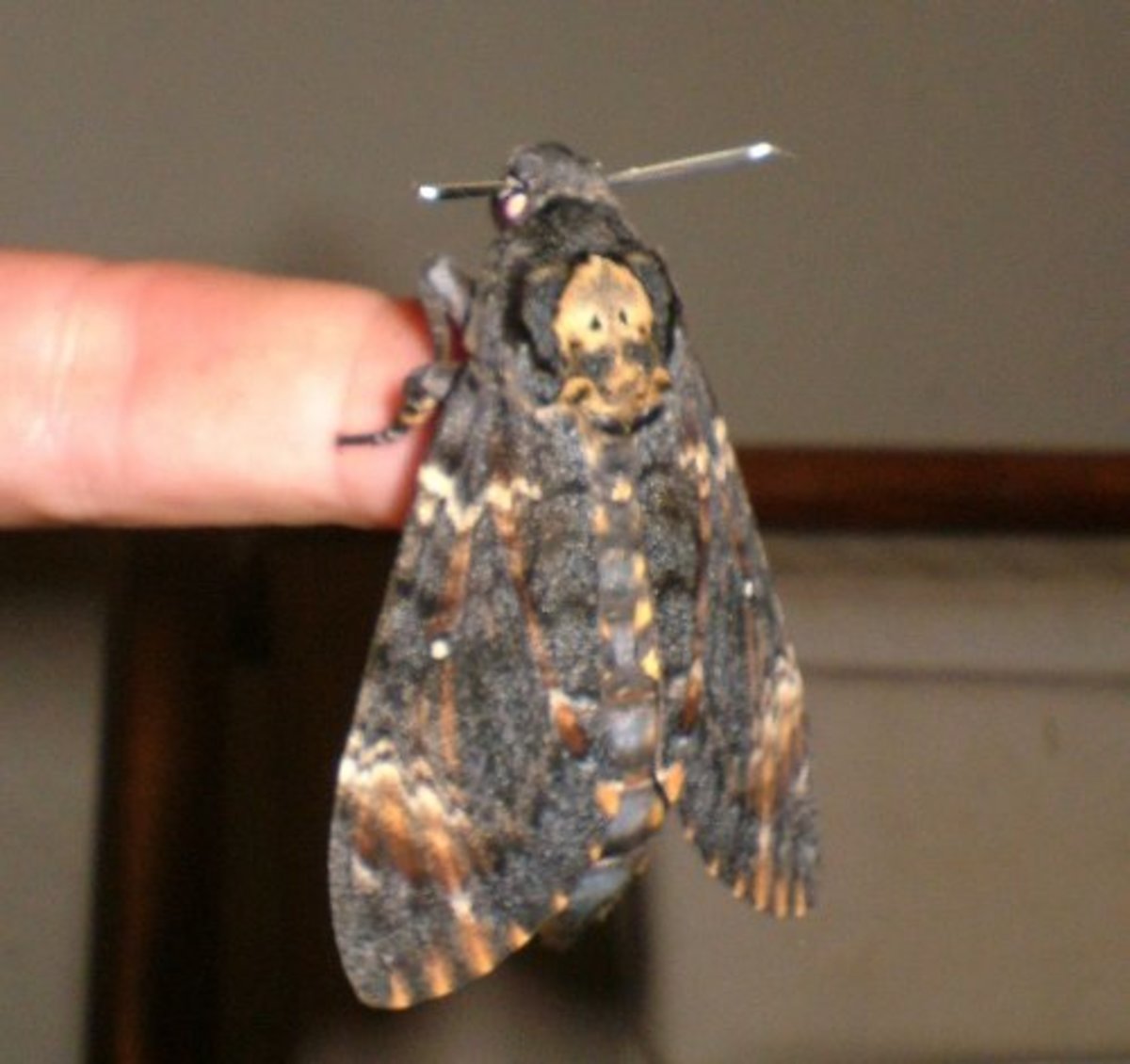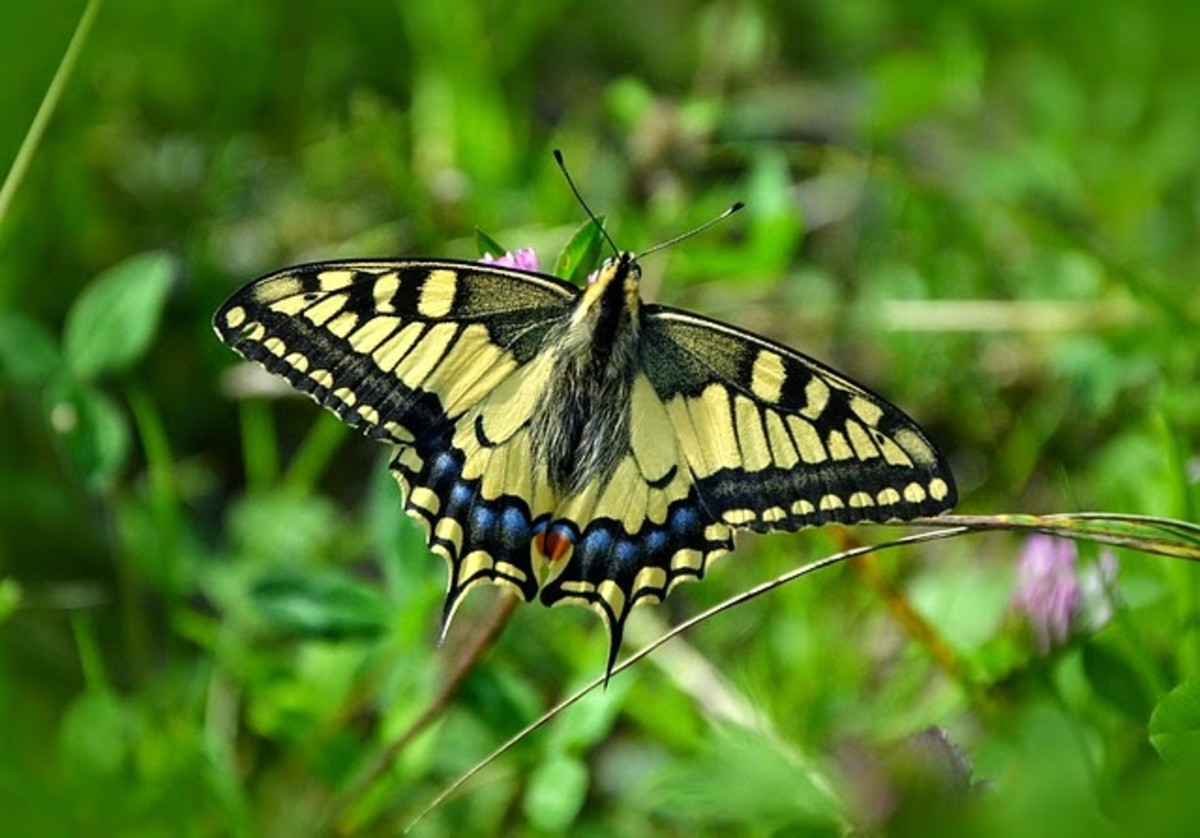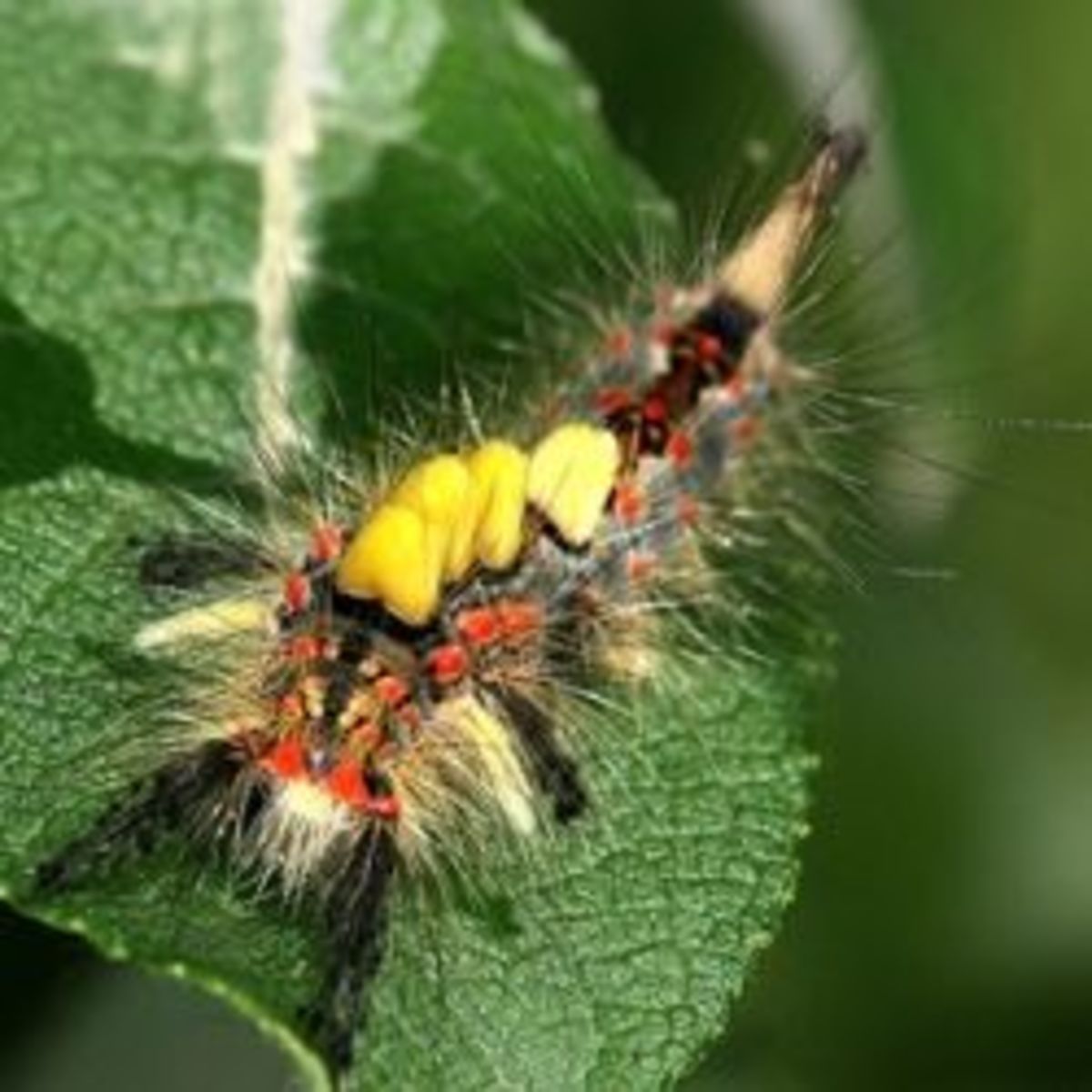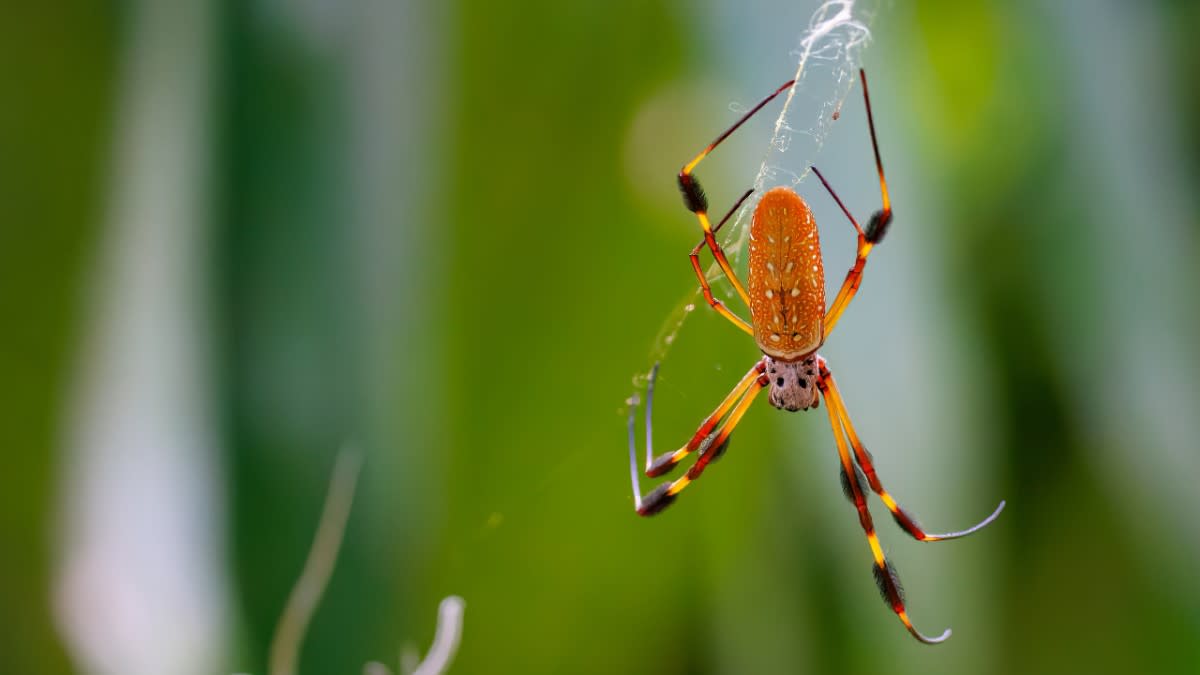Teaching Science: Using Nature to Learn about the Life Cycle of a Butterfly
Life Science is Best Learned From Life
Books are good, but seeing nature in action is the best way to learn about the cycle of life. Life cycles are all around us and they usually aren't hard to find. You can see a plants cycle from seed to plant and back to seed again. You can see tadpoles turn to adult frogs. And you can find caterpillars and watch them turn into amazing butterflies. Words and pictures in books are wonderful resources, but nothing compares to watching a caterpillar grow and turn into a chrysalis and emerge as a beautiful butterfly. Caterpillars are easy to find and easy to raise as long as you know where to look. All you need is the host plant and a container to keep them in.
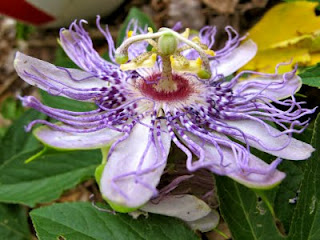
Where to Find Caterpillars:
Every caterpillar has a specific diet, some eat more than one type of plant, but others eat only one specific plant, so it is important to make sure you bring your caterpillars inside with the correct food. Look along the plant for signs of caterpillars, ie. they have been eaten! You can also look on the undersides of the leaves for eggs.
Common Caterpillars and Their Host Plants:
Tiger Swallow Tail: White Ash, Black Cherry, Choke Cherry, Sassafras
Black Swallow Tail: Dill, Fennel, Parsley, Carrot, Queen Anne's Lace
Monarch: Milkweed
Cabbage Moth Butterfly: Broccoli, Cauliflower, Turnip, Kale, Cabbage- and others of this family
Buckeye: Plantain, Gerardia, Snapdragon, Verbena
Gulf Fritillary: Passion Flower
Painted Lady: Thistle, Hollyhock, Nettle- this particular butterfly has a very wide range of host plants
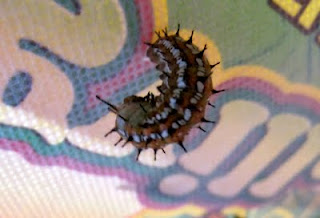
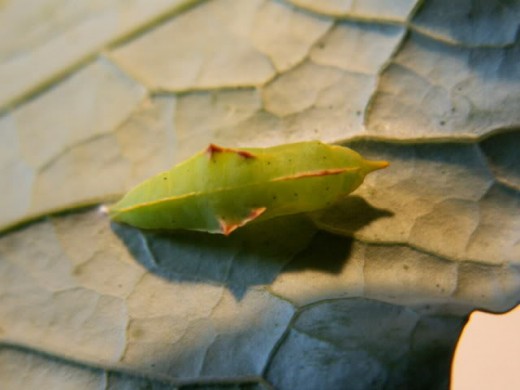
Bringing the Caterpillars Inside:
Your first stop when bringing in caterpillars should be a book or the computer. You need to identify the caterpillar and make sure you have the correct host plant, or it will not survive. Discover Life has a nice site to help you identify your caterpillars or you can start by searching for the plant and see if it is a host plant for any certain caterpillars.
Once you have identified your caterpillar, you can place it in a tent/cage or simply put the host plant in a vase and leave them free on a counter or table. I have done it both ways and we had no escapee caterpillars since they are pretty content to stay on the plant and eat, but they do prefer a higher surface to hang from when they form the chrysalis which makes a cage a little better option. You can purchase pop-up butterfly tents or any simple bug catcher will work.
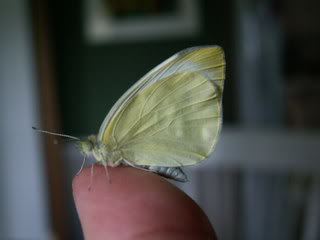
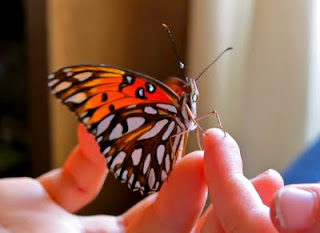
Watch Them Grow and Change
Caterpillars eat a lot and grow fast. Be sure to keep plenty of your host plant fresh and available for them to eat. Once they reach full size they will crawl to the top of their enclosure and anchor themselves there. If you see one upside down and hanging that means it is getting close to forming its chrysalis. It is an amazing process to watch, so if you are around, keep an eye on them and you just might see the change happen.
Once they form a chrysalis, they will stay that way for 1-2 weeks depending on the type of butterfly. You will see the chrysalis change color and darken as it gets closer to emerging. Sometimes you can see the wings inside too. Often you will miss the actual emergence and find your new butterfly hanging from their chrysalis drying. Leave them alone for a few hours to allow their wings ample time to dry. Once they start to move around in their enclosure, it is time to release them back into nature.
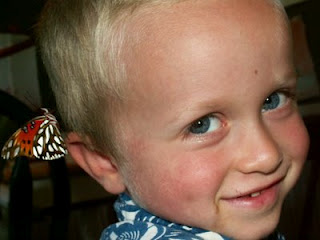

The Release
This can be one of the best moments of raising butterflies. Out in your yard it can be really tough to catch one, but now you have a brand new butterfly, still unsteady with its wings, who is very content just to sit on your finger. Be gentle when handling butterflies, as they are fragile. Use only one finger to pick them up and allow them to walk on to you as opposed to grabbing them with your whole hand.
When you are ready to release them, take them out in the yard and place them on a tree or bush, preferably one that has flowers. If you watch closely you might see them have their first meal using their long proboscis. Make sure they are off the ground so that cats, birds or other predators won't be as likely to see them. Depending on how rested they are, they may not fly yet, some will sit on the tree for awhile before taking flight.
And that's it! You have successfully raised caterpillars and seen their life cycle first hand. The beauty of life it all around you, so get out there and watch it!


